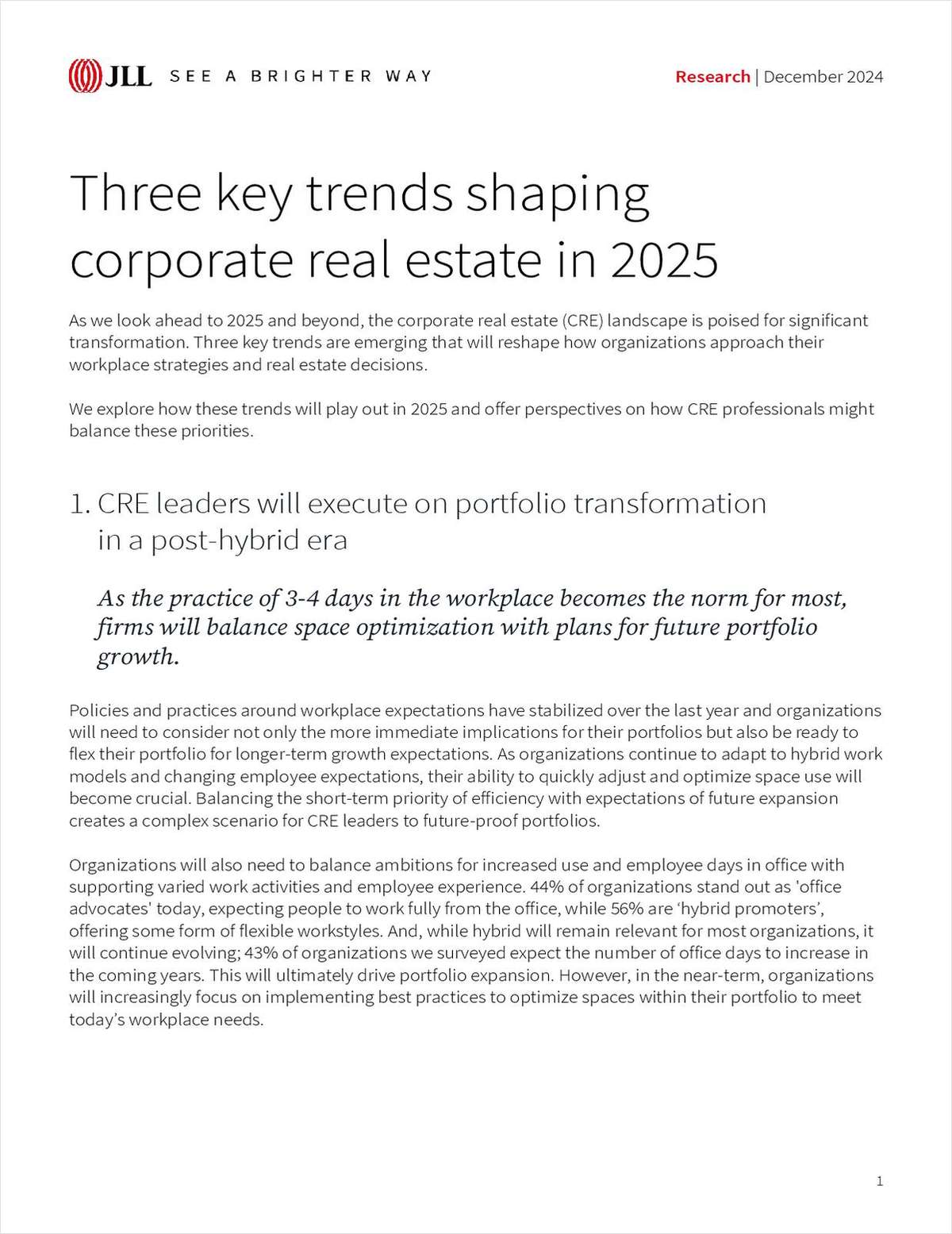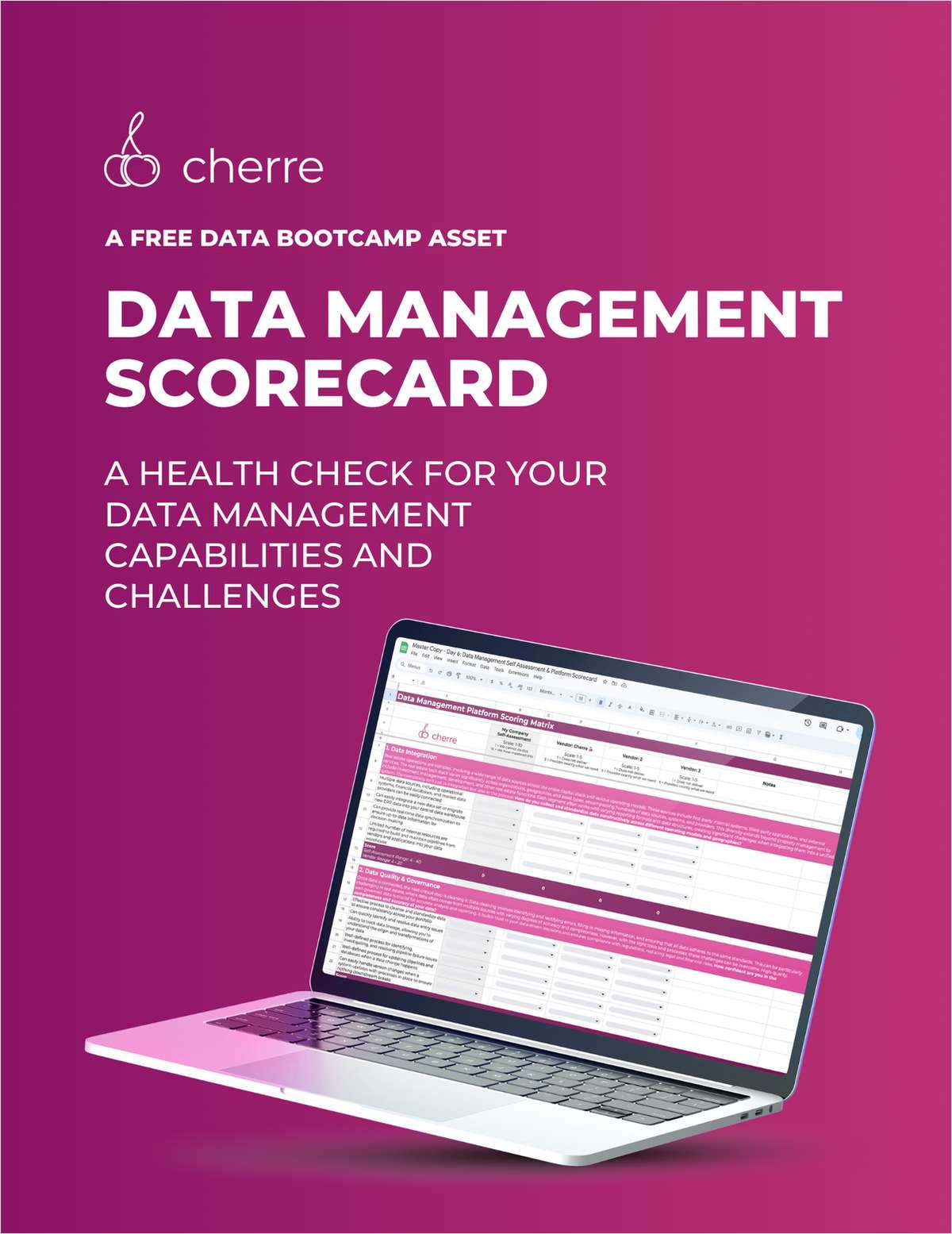Strockis pointed out that if you aren't getting back in the game and responding to RFPs, he would question your business model right now. He used Voit as an example, where it looked at its operating model, and ramped up its asset services platform to leverage its brokerage division's capacity to handle and understand distressed assets through collaboration with the company's other divisions to offer a full spectrum of asset services during the cycle. "The market is now thawing out and you should be busier than you were last year."
[IMGCAP(2)]Next up was a panel titled "A Look at the Investment Sales Crystal Ball," led by moderator Tony Natsis, a partner at Allen Matkins. "The world's greatest liquidation sale in the history of mankind isn't going to happen again," began David Doupe, international director of Jones Lang LaSalle Inc., "but business is happening again…There is money out there, but how deep is the pond?" He pointed out that values are starting to recover and if you look at history, the first buyers back into the marketplace are the ones that don't have the investment committees that they have to go to. "The buyers will be private clients, opportunity funds and foreign investors," he said. "Traditional institutional investors in real estate have footing."
[IMGCAP(3)]Richard Plummer, executive vice president of Grubb & Ellis Co., said he is glad to be in 2010. "If we look at where we are today, we are probably just coming into the second base on the distressed side of things...but you really can't get a pipeline going until you have staffed up." He pointed out that banks are starting to look at their balance sheet and are starting to list property.
"There are going to be more and more distressed assets coming to the market over the next few years," said Scott Heaton, a senior vice president at Colliers International. Like Voit's Strockis, he noted that it is time to rethink your business plan and get out in front of the wave.
As for where to buy, Kevin Shannon, vice chairman of CB Richard Ellis, noted that if he is looking in the Southwest/California area, he would go to the markets where there is the most fear such as the Inland Empire, CA, or Phoenix. "I don't think you will get great deals in San Diego or West Los Angeles."
Plummer said that California is one of the best places to invest because of its long-term potential. "We believe that the Los Angeles apartment, industrial and retail is the best in the country," he said. "We have a population that is growing, Ports that support industrial, and jobs that will come back."
Broken development projects whether it is office or industrial is what attracts Heaton. "There are many class-A assets right now sitting vacant and you can come in and buy them for 50% replacement cost," he said. "No one is building new product…With patient money and a good sales agent in the market, you can add tons of value to that."
The conference is produced by the RealShare Conference Series, part of ALM's Real Estate Media Group.
Want to continue reading?
Become a Free ALM Digital Reader.
Once you are an ALM Digital Member, you’ll receive:
- Breaking commercial real estate news and analysis, on-site and via our newsletters and custom alerts
- Educational webcasts, white papers, and ebooks from industry thought leaders
- Critical coverage of the property casualty insurance and financial advisory markets on our other ALM sites, PropertyCasualty360 and ThinkAdvisor
Already have an account? Sign In Now
*May exclude premium content© 2025 ALM Global, LLC, All Rights Reserved. Request academic re-use from www.copyright.com. All other uses, submit a request to [email protected]. For more information visit Asset & Logo Licensing.








